Having cold feet is usually a condition related to environmental factors. Namely, when it is cold outside, your body accommodates this by constricting the blood vessels in the body, minimizing the loss of body heat this way.
Sometimes, this process can lead to a lack of oxygen delivery to the peripheral parts of your body, causing cold feet and discoloration of the feet, manifesting through them turning blue.

Facts about Cold Feet
Cyanosis associated with cold weather is the condition leading to your feet and other body parts turning blue due to cold weather. Therefore, this condition is not a serious one.
- 180 healthy subjects were randomized to receive either a foot chill or control procedure. All subjects were asked to score common cold symptoms, before and immediately after the procedures, and twice a day for 4/5 days.
- 13/90 subjects who were chilled reported they were suffering from a cold in the 4/5 days after the procedure compared to 5/90 control subjects (P=0.047). There was no evidence that chilling caused any acute change in symptom scores (P=0.62). Mean total symptom score for days 1-4 following chilling was 5.16 (+/-5.63 s.d. n=87) compared to a score of 2.89 (+/-3.39 s.d. n=88) in the control group (P=0.013).
- The subjects who reported that they developed a cold (n=18) reported that they suffered from significantly more colds each year (P=0.007) compared to those subjects who did not develop a cold (n=162).
Also, when you are stressed or in some kind of danger, your organism releases adrenaline, which prevents blood flow to certain areas of the body, minimizing blood loss if an injury occurs.
However, cold feet may also be a sign of some more serious problems taking place. For example, nerve damage due to diabetes, chronic alcohol abuse, or vitamin deficiencies may lead to this phenomenon.
Poor circulation, peripheral vascular disease, and several other medical conditions may lead to cold feet too.
Signs of Emergency
If chest pain or pressure in the area is what you feel simultaneously experiencing cold feet, seek medical assistance. Do the same once paralysis, loss of vision, shortness of breath, or absent pulse in the feet occur, or your bruises take a long time to heal. Having frequent skin problems and suffering from cold feet can also be warning signs.
Depending on the underlying cause, cold feet may manifest through bluish skin of the area, pain, and numbness while resting and walking, especially during exercising and advanced physical activities. If neurological damage is at stake, burning pain may appear, escalating during the night, possibly being accompanied by muscle weakness, numbness in the area, paralysis, sensitivity to touch, and lack of strength in general.
Finally, this problem may affect some other body parts, leading to additional issues such as erectile dysfunction, low-quality hair and nails on the affected limb, loss of speech and vision, etc.
Diagnosing Cold Feet
Once you pay your doctor a visit, he/she may inquire about the length of the phenomenon affecting you or the frequency of recurrence of cold feet.
Also, a family history of this disease may be necessary to be ruled out or confirmed. Furthermore, you might be asked to explain the sensations you feel due to cold feet. You might be asked whether you smoke, suffer from diabetes, or have a normal, healthy diet. Also, you will need to inform your doctor about the medications you are taking.
Neglecting this problem may lead to chronic pain, gangrene, infections, amputation, or permanent nerve damage. Thus, seek medical assistance timely.



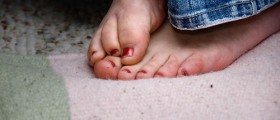

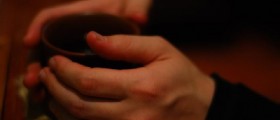

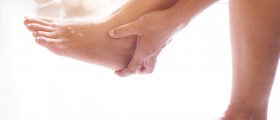
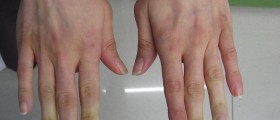
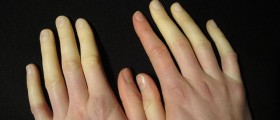


-in-Multiple-Sclerosis_f_280x120.jpg)


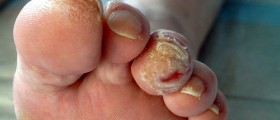

Your thoughts on this
Loading...